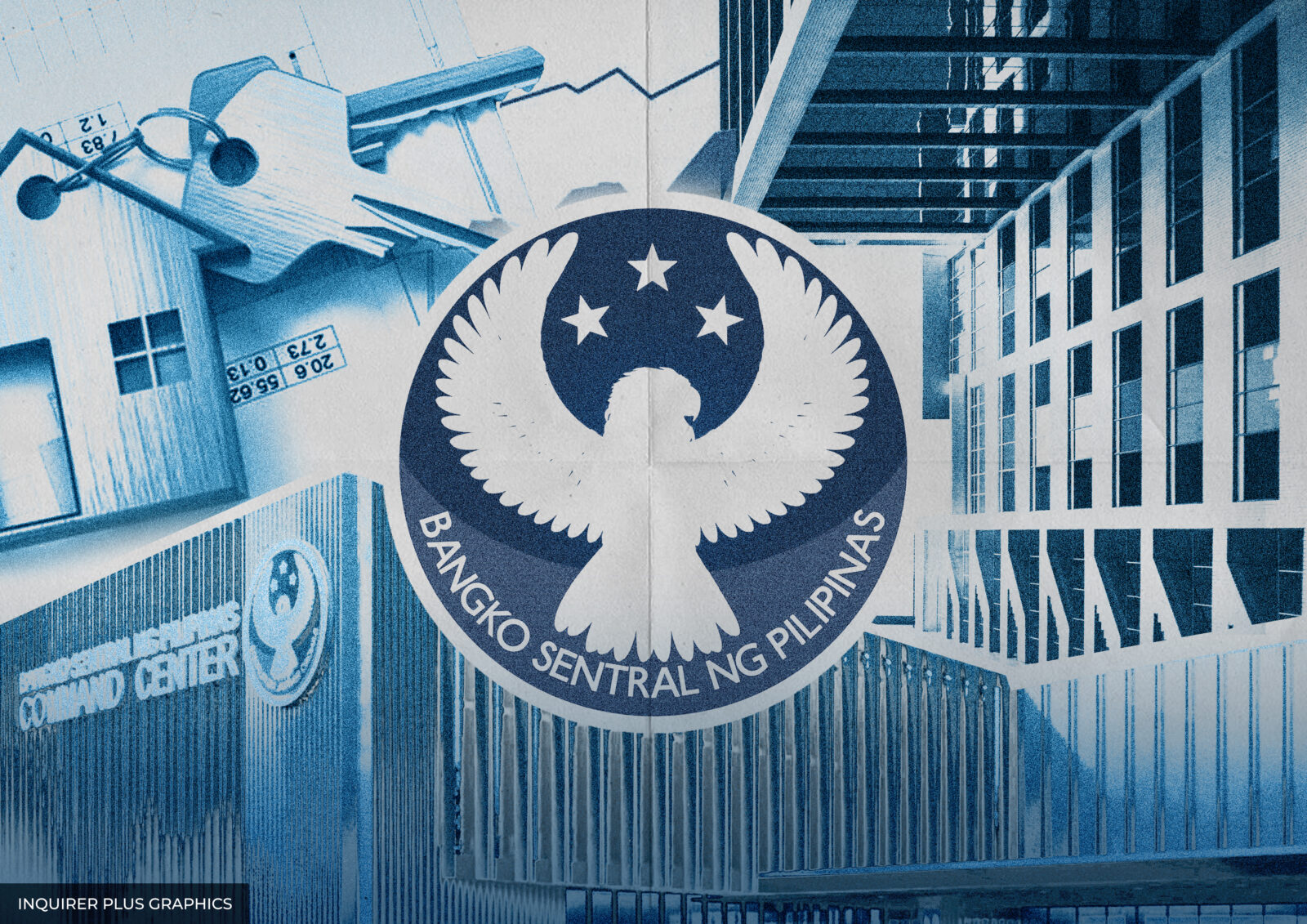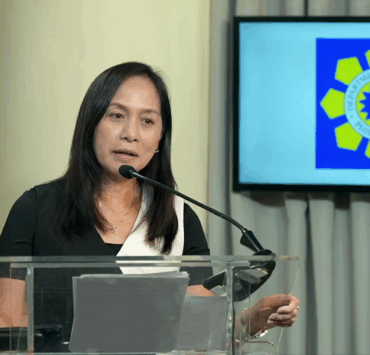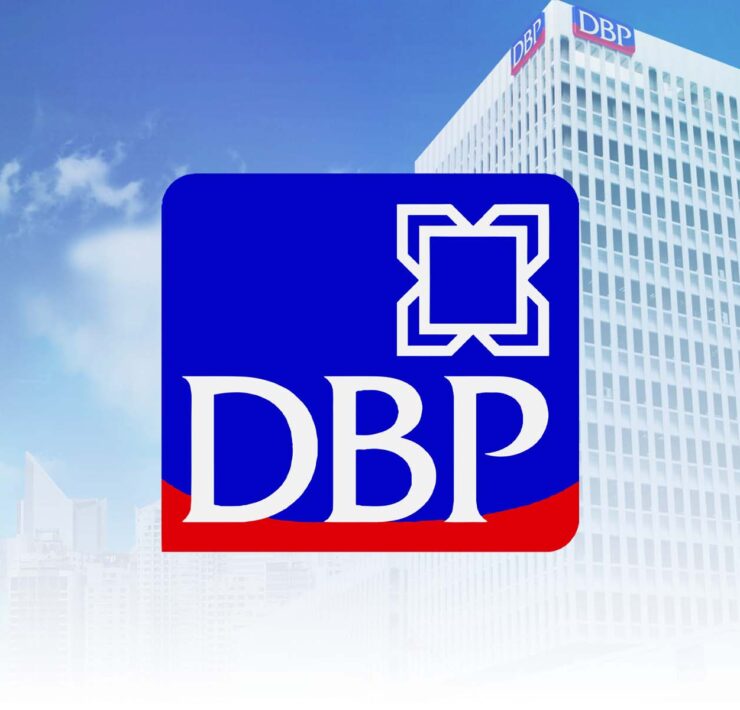Tame inflation, rate cuts give PH banks breather on bad loans

Bad loans held by Philippine lenders fell to a six-month low in September, reflecting stronger repayment capacity among borrowers as inflation stayed subdued and interest rates declined.
Latest data from the Bangko Sentral ng Pilipinas (BSP) showed that nonperforming loans (NPL), or debts overdue by at least 90 days and at risk of default, accounted for 3.31 percent of the industry’s total loan portfolio.
That marked the lowest share since March 2025, when the NPL ratio stood at 3.3 percent.
In peso terms, some P538.7 billion of the sector’s P16.3-trillion loan book had soured in September—a 4-percent increase from a year earlier. But month-on-month, the amount of bad debts edged down by 2 percent.
The easing in problem loans allowed banks to pare back provisioning costs. Figures showed lenders set aside P504.9 billion as allowance for potential credit losses, translating to an NPL coverage ratio of 93.74 percent, the lowest in 10 months.
The improvement in bank’s loan quality may have reflected better repayment capacity among borrowers amid tame inflation and a deepening easing cycle of the BSP.
Latest government data showed inflation held steady at 1.7 percent in October, marking the eighth consecutive month that price increases settled below the 2- to 4-percent target range of the BSP.
The tame inflation allowed the central bank to press ahead with its easing cycle, which has gone deeper than expected amid a graft probe that unsettled investors and slowed government spending.
Seeking to shore up sentiment, the central bank trimmed the benchmark interest rate that banks use as a guide when pricing loans by another quarter-point to 4.75 percent in October, while signaling that further easing could follow.
As it is, consumer lending remained strong in the country, expanding by over 20 percent, driven by credit card borrowings.
Even so, some analysts warned that the retail-driven credit boom may carry risks. Economists at ANZ Research described the surge as “an anomaly,” citing weakening household income expectations that could eventually strain borrowers’ repayment capacity.
“The credit surge is not supported by underlying fundamentals and non-performing assets in the personal loan segment are now rising,” they said.
“With high debt levels, households increase spending only when incomes rise or wealth grows. According to economic theory (both the ‘life cycle’ and ‘permanent income’ hypotheses), consumption is linked to expected future earnings and asset gains,” they added.





















